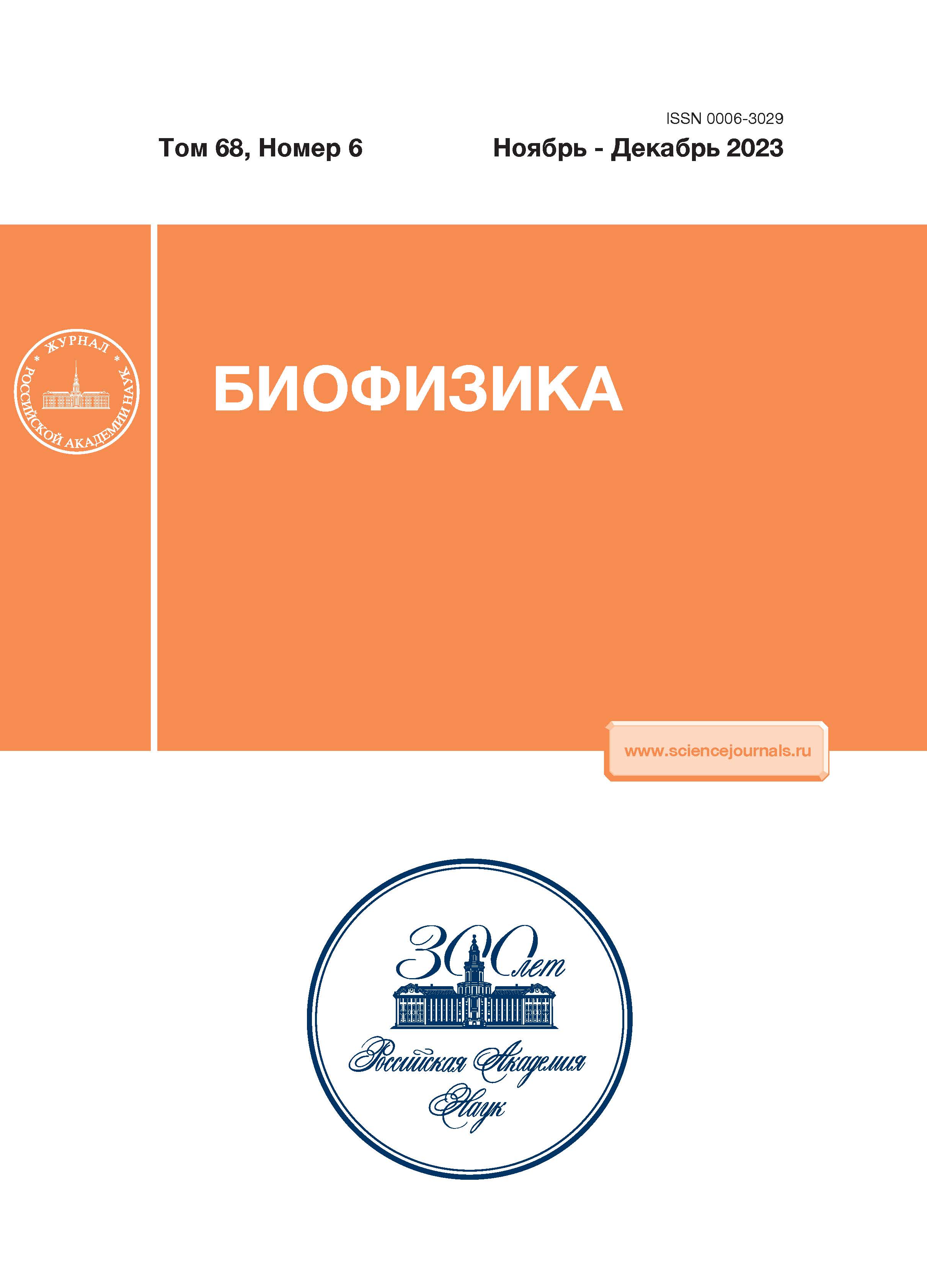Piezopulsometric analysis of the functional state of human cardiovascular system
- Авторлар: Nesterov V.P1, Burdygin A.I1, Ivanov K.B1, Sobol K.V1, Shemarova I.V1
-
Мекемелер:
- I.M. Sechenov Institute of Evolutionary Physiology and Biochemistry, Russian Academy of Sciences
- Шығарылым: Том 68, № 6 (2023)
- Беттер: 1280-1291
- Бөлім: Articles
- URL: https://rjraap.com/0006-3029/article/view/673259
- DOI: https://doi.org/10.31857/S0006302923060194
- EDN: https://elibrary.ru/PTVQBJ
- ID: 673259
Дәйексөз келтіру
Аннотация
Авторлар туралы
V. Nesterov
I.M. Sechenov Institute of Evolutionary Physiology and Biochemistry, Russian Academy of Sciences
Email: nesterov@iephb.ru
St. Petersburg, Russia
A. Burdygin
I.M. Sechenov Institute of Evolutionary Physiology and Biochemistry, Russian Academy of SciencesSt. Petersburg, Russia
K. Ivanov
I.M. Sechenov Institute of Evolutionary Physiology and Biochemistry, Russian Academy of SciencesSt. Petersburg, Russia
K. Sobol
I.M. Sechenov Institute of Evolutionary Physiology and Biochemistry, Russian Academy of SciencesSt. Petersburg, Russia
I. Shemarova
I.M. Sechenov Institute of Evolutionary Physiology and Biochemistry, Russian Academy of SciencesSt. Petersburg, Russia
Әдебиет тізімі
- Методы исследования сердечно-сосудистой системы, Руководство по кардиологии (под ред. Е.И. Чазова), 2 (М. 1982), Т. 2.
- N. Ferrara, K. Komici, G. Corbi, et al., Front Physiol., 4, 396 (2014).
- I. V. Shemarova, V. P. Nesterov, L. V. Emelyanova, et al., Front. Bioscience-Scholar, 13 (2), 105 (2021).
- G. F. Mitchell, H. Parise, E. J. Benjamin, et al., Hypertension, 43, 1239 (2004).
- A. Schumann and K. Bar, PhysioNet, doi: 10.13026/2hsy-t491 (2021).
- Н. Р. Палеев и И. М. Каевицер, Атлас гемодинамических исследований в клинике внутренних болезней (Медицина, М., 1975).
- S. V. Nesterov, Human Physiol., 31 (1), 70 (2005).
- В. П. Нестеров, А. И. Бурдыгин и С. В. Нестеров, Физиология человека, 43 (6), 54 (2017).
- В. П. Нестеров, А. И. Бурдыгин, К. Б. Иванов и др., Журн. эволюц. биохимии и физиологии, 31 (6), 433 (2019).
- Heart rate variability. Standarts of measurement, physiological interpretation, and clinical use, Eur. Heart J. 17 (3), 354 (1995).
- J. A. Taylor and D. L. Eckberg, Circulation, 93 (8), 1527 (1996).
- W. N. Wilmer, J. D. Scott, I. B. Wilkinson, et al., J. Clin. Hyperten., 10 (4), 295 (2008).
- В. П. Нестеров, М. Ф. Баллюзек, А. О. Конради и др., Успехи геронтологии, 29 (1), 107 (2016).
- С. А. Котельников, А. Д. Ноздрачев, М. М. Одинак и др., Физиология человека, 28 (1), 130 (2002).
- J. H. Skotte and J. Kristiansen, Biomed. Eng. Online, 13, 138 (2014).
- В. P. Nesterov, A. I. Burdygin, K. B. Ivanov, et al., Adv. Gerontology, 12 (2), 147 (2022).
- V. P. Nesterov, A. I. Burdygin, K. B. Ivanov, et al., Biophysics, 68 (1), 21 (2023).
Қосымша файлдар









